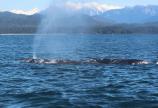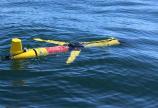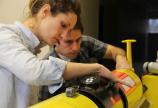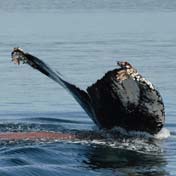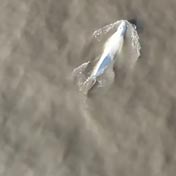Subsea glider peers into secret lives of BC whales
- Anne MacLaurin
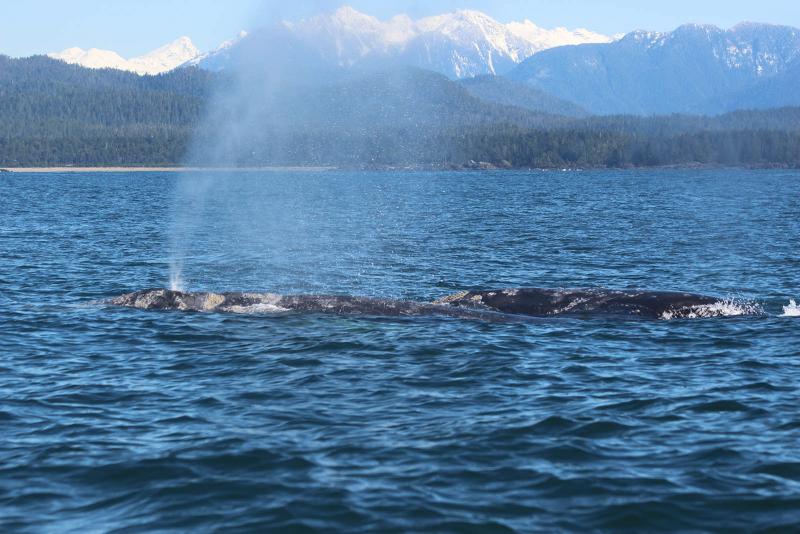
Majestic and mysterious, whales continue to fascinate researchers and nature lovers, but how whales live in the ocean’s depths is largely unknown. Now, the University of Victoria is on a mission to deepen our knowledge of rare and threatened baleen whales and help protect them from ship strikes.
Over the next three weeks, a two-metre underwater ocean glider equipped with acoustic sensors, sonar and hydrophones will allow researchers to track whale movements by listening to and recording their sounds along the shelf break in Clayoquot Canyon.
The BC project led by UVic geographer David Duffus, director of UVic’s Whale Research Lab, is part of the national WHaLE project (Whales, Habitat and Listening Experiment) which seeks to define whale habitat anddevelop, test and implement a near real-time “whale alert” system to reduce the risk of ship-whale collisions. The WHaLE project team includes a mix of physical and biological oceanographers, whale ecologists, conservation scientists, acoustic experts and skilled technical staff centred in Victoria and Halifax.
The project is funded by the Marine Environmental Observation Prediction and Response Network (MEOPAR) based at Dalhousie University in Nova Scotia. The multidisciplinary team is focusing on ecologically sensitivewhale habitats on the coast of Atlantic Canada and now off western Vancouver Island. Initial success has been met on the East Coast in known habitats of the critically endangered north Atlantic right whale.
“Ocean gliders are a new technique for gaining insights into whale ecology on Canada’s West Coast,” says Duffus. “Many species of concern under Canada’s Species at Risk Act are termed ‘data deficient.’ We need more information on whale habitats and whale feeding ‘hot spots’ so we can put in protective measures, such as real time whale-alerts for shipping traffic.”
Large baleen whales—such as humpback, sei, blue and the very rare North Pacific right whale—are difficult to survey, mostly due to how much time they spend underwater far from land as they feed on tiny zooplankton and/or small fish. By listening for characteristic whale vocalizations, researchers will track the whales’ movements and distribution.
Since ocean gliders can monitor at night and in poor weather conditions, researchers will have more in-depth data to map baleen whale habitat and key feeding spots. The data will guide conservation efforts to protect whales from shipping traffic and noise in key marine locations.
Gliders are torpedo-shaped subsea robots that can safely collect data in remote locations at a relatively low cost. Ocean Networks Canada (ONC), a UVic initiative, supplied scientific components for the glider and will provide hydrophone data from its nearby seafloor observatory. ONC has also offered to archive data on its world-leading Oceans 2.0 data management system.
The three-year WHaLE initiative is funded by MEOPAR with researchers at UVic and Dalhousie University and—for this mission—with support and/or collaborators from Ocean Tracking Network, UVic’s Ocean Networks Canada, University of British Columbia, Fisheries and Oceans Canada (Pacific), and 17 otheragencies. Visit bit.ly/1ROBlGk for a complete list of partners.
The WHaLE project is supported by a $700,000 grant provided by MEOPAR as announced in August 2014 and by an additional $2.67 million in matching contributions and support from the private sector.

